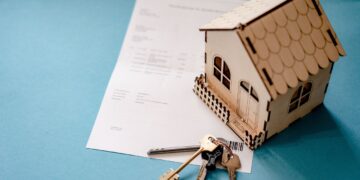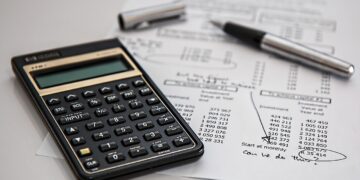Mastering Your Financial Safety Net: Essential Strategies for Building an Emergency Fund
Introduction
In today’s unpredictable economic landscape, having a financial safety net in the form of an emergency fund is not just advisable; it’s essential. Building an emergency fund can safeguard your financial stability against unforeseen expenses like medical emergencies, urgent home repairs, or sudden job loss. This article explores key strategies for building an effective emergency fund, answers common questions, and aims to empower you with knowledge to secure your financial future.
Understanding the Importance of an Emergency Fund
An emergency fund is essentially a financial buffer that can help you avoid the need for high-interest debt options in the face of unexpected expenses. Think of it as an insurance policy that, instead of paying out when something goes wrong, is something you can draw on as needed. The peace of mind that comes from having a financial fallback cannot be understated.
How Much Should You Save?
The size of your emergency fund can depend greatly on your personal circumstances but a commonly recommended starting point is to have at least three to six months’ worth of living expenses saved. This should cover necessities such as rent or mortgage payments, utilities, groceries, and transportation costs.
For those with less stable employment or higher health risks, aiming for up to twelve months’ worth of expenses might be more prudent. Assess your personal risk factors and financial responsibilities to determine the right size of your emergency fund.
Starting Your Emergency Fund
Building an emergency fund can seem daunting, especially if you’re starting from scratch. However, breaking the process down into manageable steps can make it easier:
1. Assess Your Financial Situation
Begin by understanding your monthly income and expenses. Tools like budget calculators can help you get an accurate picture and identify areas where you might cut back to free up cash for saving.
2. Set a Monthly Saving Goal
Once you know your budget, determine a realistic amount that you can set aside each month. Even a small amount, such as $50 or $100, can build up over time.
3. Automate Your Savings
Automation is a powerful strategy to stay consistent with your savings plan. Set up an automatic transfer from your checking account to a savings account dedicated to your emergency fund. Timing this transfer around your payday is an effective approach.
4. Review and Adjust Regularly
Life changes and so should your emergency fund. Regularly review your fund—ideally every six months—to adjust your savings goals based on new income levels, expenses, or family responsibilities.
Tips for Building Your Emergency Fund Faster
Reduce Monthly Expenses
Examine your monthly expenses and see where you can cut back. Subscription services, dining out, and non-essential shopping are common areas where many find they can reduce spending.
Increase Your Income
If feasible, look for ways to increase your income, such as taking on freelance work, selling unused items, or pursuing a paid hobby. Direct any extra income straight into your emergency fund.
Put Windfalls to Work
Tax refunds, bonuses, and other financial windfalls should be considered opportunities to boost your emergency fund significantly.
Addressing Common Questions
Where Should I Keep My Emergency Fund?
Choose a savings account that offers liquidity and accessibility. High-yield savings accounts, money market accounts, or certificates of deposit (CDs) are popular choices offering low risk and some level of return on your money.
What If I Need to Use the Fund?
Don’t hesitate to use your fund in the case of real emergencies—that’s what it’s there for. However, make sure to replenish the fund as soon as you are able. Continuously maintaining your emergency fund ensures that it’s there when you need it again.
Is It Too Late to Start an Emergency Fund?
It’s never too late to start building financial safety. Begin with whatever small amount you can manage, and increase it gradually. Persistence is key.
Conclusion
Mastering your financial safety net by building an emergency fund is a pivotal step towards financial security. Starting is often the hardest part, but with dedication and strategic planning, you can create a substantial buffer to protect you and your loved ones from unexpected financial strains. Remember, the best time to start on your emergency fund was yesterday; the next best time is today.



























































